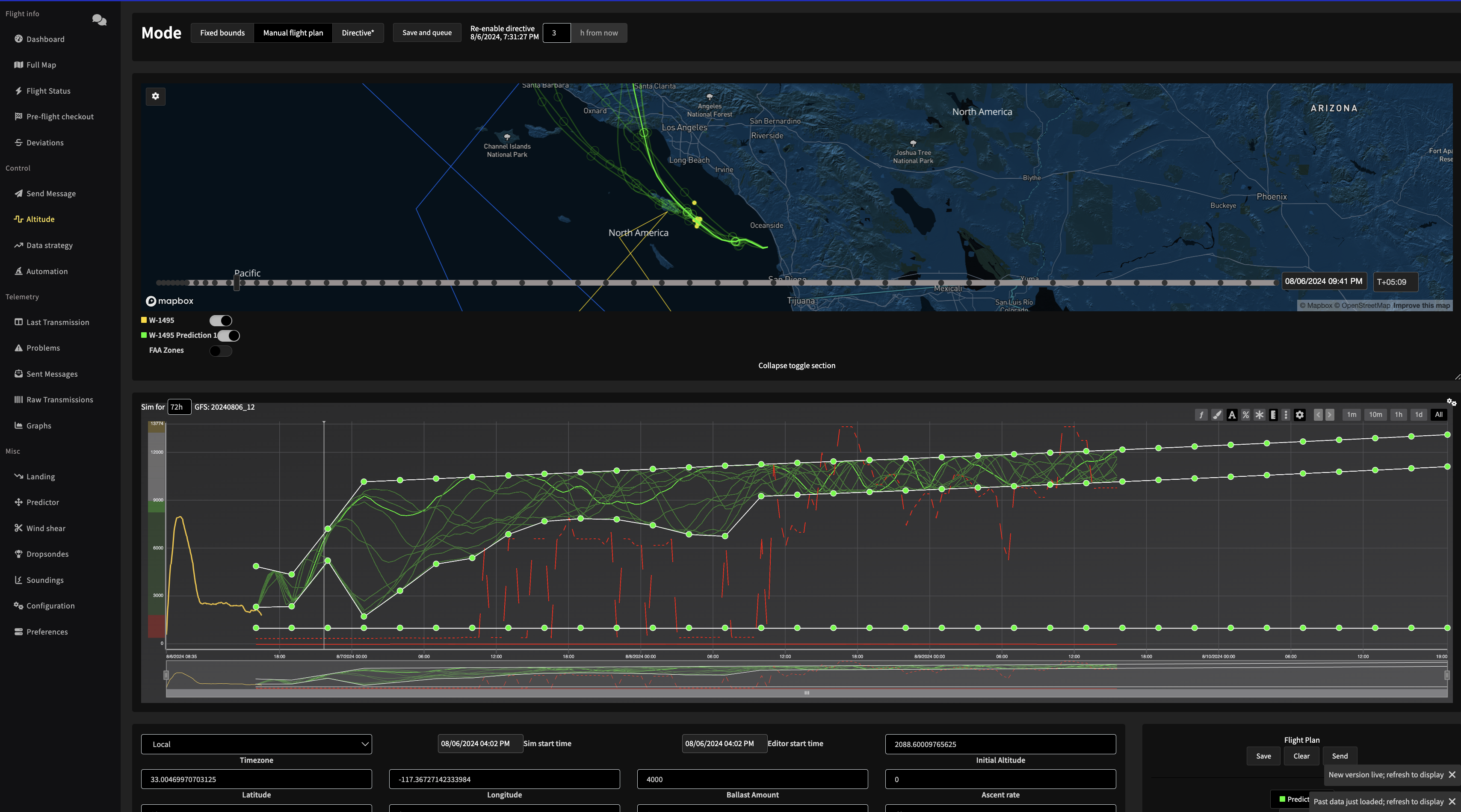Read the article
here.The first version of an unmanned weather balloon was invented more than 200 years ago. However, until WindBorne, weather balloons have faced critical limitations.
Traditional weather balloons, including those most commonly used around the world today, are limited to flying and collecting atmospheric data solely above their point of launch; these single-use balloons can fly just for a few hours before popping and coming back down. This means that these traditional balloons can’t collect data over oceans or in remote places without extreme difficulty and cost.
WindBorne turned the paradigm of atmospheric collection on its head. Instead of relying on single-use balloons that can only collect data over a brief, single vertical path, the WindBorne teams spent nearly a decade developing a one-of-a-kind smart, long duration weather balloon, which we call the Global Sounding Balloon (GSB), that gathers high-quality data for key weather metrics such as pressure, temperature, humidity, wind speed and direction. This data is critical to informing weather forecasts of all kinds (physics-based and AI forecasts), and to forming a strong, real-time understanding of the current state of weather and the environment.
While our balloons are long-duration, they’re the lightest and most sustainable balloons on the planet. Our balloons have traveled for more than 40 days, even double circumnavigating the globe. Our smart balloons navigate the sky by creating and following dynamic flight paths to complete their individual missions.
How does our proprietary self-flying system work?
Here’s a breakdown of what happens under-the-hood from pre-flight through navigation:
1. Set flight objectives: The WindBorne Flight Control team sets high-level objectives (for example: to travel to a specific geographic destination, to sample a specific storm, to fly within certain altitude bounds, and more) via our proprietary, internal flight control software.

2. Create flight plans: Our balloon platform’s proprietary flight management software automatically creates flight plans for each balloon. Our autonomy software platform translates these plans into a series of specific altitude directions and sends these flight plans to each balloon via satellite communications.

3. Balloon translates flight plan to actions: Our balloon’s onboard microcontroller – the “brain” of the balloon, a single chip the size of a postage stamp – translates the altitude plans into a continuous series of actions, such as venting gas to shift lower, or dropping sand ballast to shift higher.

4. Automatic flight plan updates: Once directives have been set, all of the flight and navigation steps happen automatically. Our flight autonomy software updates flight plans automatically in real-time based on changes in weather, the environment, and/or new directives from the Flight Control team. Fun fact: our autonomy software uses WindBorne’s own AI weather forecast, called WeatherMesh, as its live operational forecast system across our entire constellation.


5. Stepping in: If desired, manual human intervention can be made easily at any point in time, from any location.
These steps enable our balloons to collect dozens of targeted atmospheric profiles during flight at any altitude in the stratosphere, up to about 20 km high.
This critical weather data is shared with customers and partners such as NOAA, the Navy, and the U.S. Air Force. At WindBorne, we also use our own high-quality, unique data to improve our AI-based forecasting models.
Follow our Blog and WindBorne’s handles on LinkedIn, X, and Instagram to stay posted on our progress and tech.
